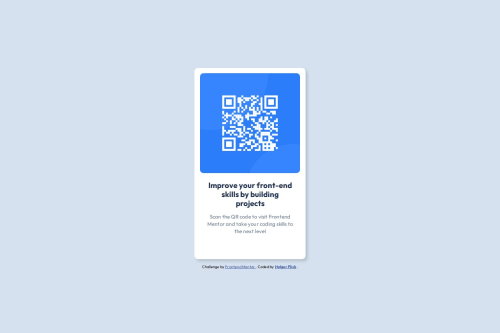Using Flexbox to create a card with barcode

Solution retrospective
- I would try to approach this using Grid instead of Flexbox.
- the task states all measurements in
px. In real world, I would most likely flip toremandem.
- I was uncertain about margin sizes
- This example made me aware when having a pixel-template that if you calculate the pixels you need to be aware of the box model that padding and margin play a role.
- I did not do the math to 100% match the pixel sizes of the Figma template
- Adding the wide space at the bottom - I just eye balled it
- Figuring out the measurements of the different parts. With Figma I could select different objects in the template. With JPEG, I would use an image tool and look at the size of the different areas. However, is it really necessary to create a representation that is true to the pixel-size. I think as long as it behaves the same considering later tasks will include responsive designs, it does not need to match "by the pixel".
- I used Chrome on Mac as a browser and the fonts look a bit different than in the Figma template. Do you recommend another browser for comparison? I double checked font weights and colors.
Please log in to post a comment
Log in with GitHubCommunity feedback
- P@Jan-Dev0
Your code is well-structured, but consider using semantic elements like <main> for the main content or a <footer> instead of a <div> to improve accessibility. Additionally, it's good practice to include a global reset and set box-sizing: border-box on all elements to ensure consistent styling across browsers.
- @mutsamusa
In my opinion pixel-size does matter, esp. if you'd be coding for a client.
I however must admit I didn't think to actually calculate the design file's sizes and also pretty much eye-balled spaces and pxs.
Join our Discord community
Join thousands of Frontend Mentor community members taking the challenges, sharing resources, helping each other, and chatting about all things front-end!
Join our Discord